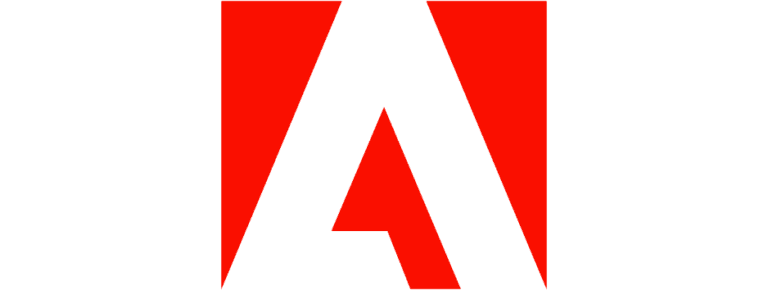IT Governance Architecture

How does IT work for your business? In short, that is the question IT Governance can answer. “Organizations today are subject to many regulations governing the protection of confidential information, financial accountability, data retention and disaster recovery, among others. … To ensure they meet internal and external requirements, many organizations implement a formal IT governance program that provides a framework of best practices and controls.” Undoubtedly, a company’s IT Governance or lack of IT governance will result in how said company’s information systems operate. Today, managed service providers (MSPs) use a myriad of tools to ensure CMMC, HIPAA, PCI, etc. WeCcode works with MSPs to provide the best IT Governance framework for your organization. The following are frameworks supported or required by large organizations (e.g., United States) that ensure a compliant IT Governance Architecture:
Yet, there are business owners at all levels that still do not understand the need for BDR. Do not just take our word for it.
- CMMC: The Cybersecurity Maturity Model Certification will review and combine various cybersecurity standards and best practices and map these controls and processes across several maturity levels that range from basic cyber hygiene to advanced. For a given CMMC level, the associated controls and processes, when implemented, will reduce risk against a specific set of cyber threats.
- COBIT: COBIT stands for Control Objectives for Information and Related Technologies. This framework is created by the Information Systems Audit and Control Association (ISACA) and is designed specifically for enterprise IT. COBIT is considered the industry standard best practice IT governance framework.
- ITIL: ITIL is an acronym for Information Technology Infrastructure Library. This framework considers how IT service strategy, design, transition, operations, and service improvement can support core business practices.
- COSO: The Committee of Sponsoring Organizations of the Treadway Commission (COSO) focuses on internal controls, rather than on IT-specific functions, integrating other frameworks like risk management and fraud prevention.
- CMMI: The Capability Maturity Model Integration framework is primarily concerned with performance improvement, using a scale to evaluate an organization’s performance, quality, and profitability.
- FAIR: The Factor Analysis of Information Risk, a tool that helps organizations quantify their level of risk.
It is important to note that the aforementioned frameworks will achieve their specific goals. For that reason, it is important to understand the information system’s needs before trying to choose a framework(s). If you are looking to plan, test, or implement your company’s IT Governance Architecture, contact us below.

Complete
GOVERNANCE over all IT.











